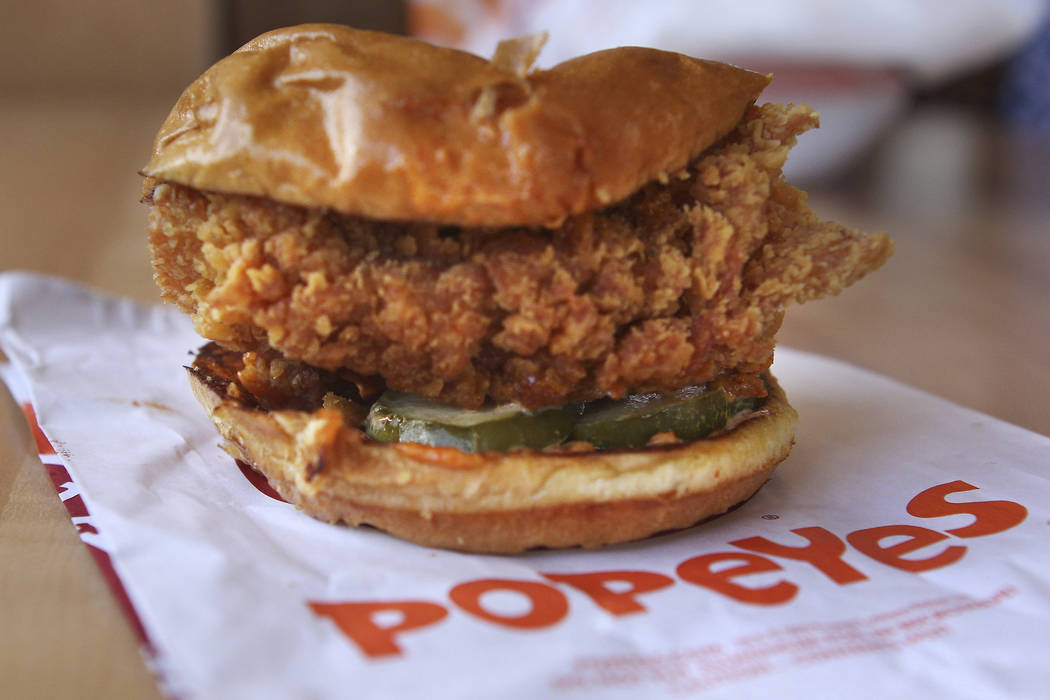At the recent Restaurant Leadership Conference (RLC), leading industry experts discussed how they’ve increased their bottom line by adopting several cost-cutting techniques. One of these, in particular, stood out—dispatch delivery services.
Jason Morgan, CEO of two emerging fast casual concepts—Original Chop Shop and Bellagreen—shared what he saw as one of the greatest challenges facing restaurants—third-party delivery costs. In just the last two years, he’s seen third party delivery fees go up from 100 to 300 basis points.
It’s a service that is a growing in demand. In fact, digital ordering and delivery have grown 300 percent faster than dine-in traffic since 2014, with over 85 percent of restaurant customers using off-site delivery services on a monthly basis. By the end of 2020, it’s expected that the sales provided through third-party delivery providers will grow to about 9.7 percent of total restaurant sales.
Unfortunately, the restaurants using third-party delivery services often pay a hefty fee—up to 30 percent. In a survey conducted by Hospitality Tech, 82 percent of restaurant operators thought the fees for these services were too high and over 30 percent went so far as to say they weren’t worth it.
In order to combat these rising costs that were proving disadvantageous to the restaurant’s bottom line, Morgan began using dispatch programs, shifting their customers from the third-party delivery sites to the restaurant’s website or mobile app. Every order they get that comes through the restaurant instead of a delivery service such as GrubHub or DoorDash, saves the restaurant between 20 to 25 percent. In addition, they, instead of the service provider, now have the customers’ data.
What is a Dispatch Program?
Using a dispatch program may well be the answer to increasing customer delivery demands, particularly for those restaurants that do not want to develop an in-house program that requires the use of their own drivers. Going this route is especially challenging due to the continuing labor crunch. A delivery program allows customers to place a delivery order on a restaurant’s website or app. The order is sent to the restaurant and dispatched for delivery. In essence, orders are processed just like all other online orders, except a delivery courier makes the pickup instead of the customer. Customers, instead of restaurants, pay the delivery fee. Currently, Morgan is using Olo as their dispatch provider.
Olo
Olo, a digital ordering provider for restaurant brands, announced the addition of Dispatch in the fall of 2015. It offers a service that is fully integrated into a restaurant’s point-of-sale (POS) system. The service allows guests to track their delivery from the minute it’s ordered, to the pick-up by the courier, and the course the driver takes as they travel to the customer’s home—all from the restaurant’s digital ordering site or mobile app.
In order to accomplish this, Olo relies on a network of delivery service providers to obtain the best delivery fee. According to SmartBrief, they have also developed an index called the Delivery Search Score. This index counts the number of times an online search for a restaurant’s name plus the term “delivery” leads directly to a restaurant’s website. According to the data obtained, the top 300 restaurant brands are performing at less than 30 percent of their potential. In other words, 70 percent of the time these types of searches will take the customer to third-party sites instead of directly to a restaurant’s website.
Noah Glass, CEO and founder of Olo, compared this to the rise of the third-party marketplace in the hospitality industry when sites such as Hotwire and Travelocity became the primary choices for customers looking to make reservations.
Olo is currently being used by brands such as Wingstop, Chipotle, and Five Guys.
Of course, not every restaurant is in a dispatch delivery zone. There are, however, some restauranteurs that are coming up with other creative solutions to this current pain point.
Food Trucks as Delivery Providers
Wayback Burgers is a growing fast-casual franchise concept that specializes in burgers and shakes. They currently have about 155 locations in the U.S. and several others around the world including Canada, Saudi Arabia, Kuwait, and Morocco. The company plans to open another 275 restaurants in the U.S. within the next five years.
They are testing the use of mini food trucks, that run on electric and propane, as vehicles for delivering to-go orders placed via a proprietary app. The customer’s food is not cooked until the truck arrives at their home or business—say goodbye to soggy fries. They are hoping to license this idea to other brands as well—such as those that are having trouble with the high third-party delivery fees or the customer experience that is sometimes lacking in quality or timing. The branded truck also acts as a moving marketing billboard. While this mode of delivery is currently available to franchisees, it is not mandated.
With the demand for delivery expected to grow by over 50 percent by 2021, it’s clear that restaurants can no longer ignore this growing aspect of their business. According to Warren Solocheck, NPD Group’s senior vice president, “Delivery has become a need to have and no longer a nice to have in the restaurant industry…It has become a consumer expectation.” It’s also clear that restaurants are starting to look for alternatives to what was once considered an easy approach for integrating delivery services, third-party delivery companies. A dispatch program may very well hold some promise for those looking to develop or reorganize their existing delivery services.



